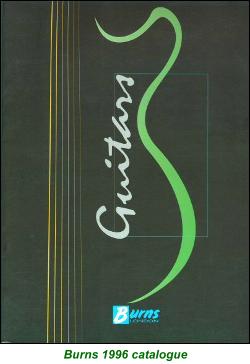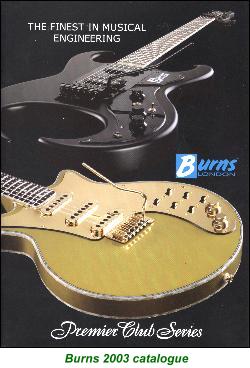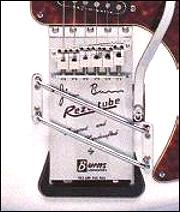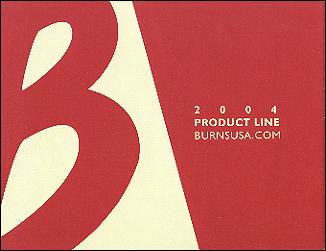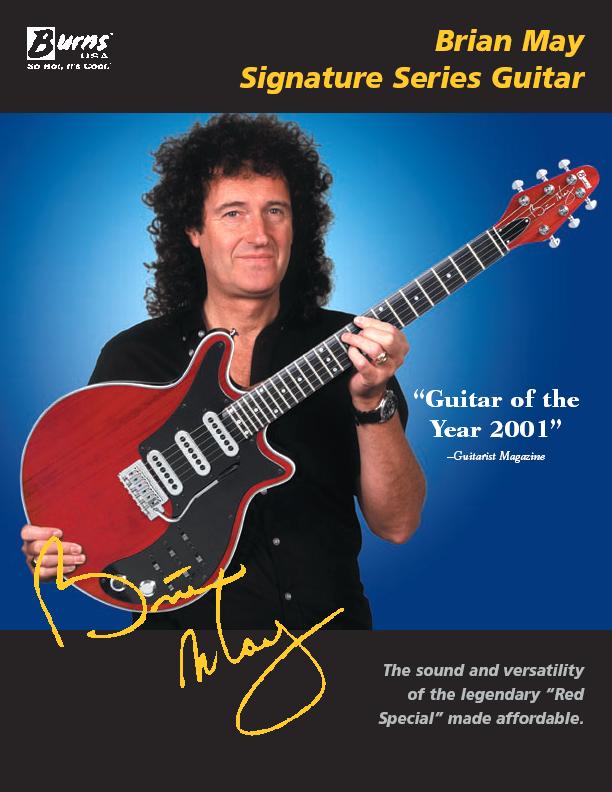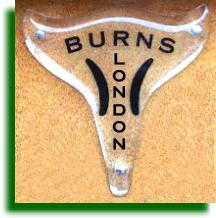
| THE GUITARS THE BASSES OTHER INFO BURNS TIMELINE 1952-1983 plus BURNS GUITAR WEB PAGES BURNS LONDON Home Page BURNS GUITAR MUSEUM |

|
A bit of a sad note…
I’m truly sorry but because of time, commitments and an ever-increasing Burns London catalogue, it’s really not possible now for me to keep these pages up to date. I will leave them online as a continuing reference source. However, the good news is Bill Alston has taken on the mantle with his Burns Guitar web pages. Do head over there for all the up-to-date Burns info.
Meantime, if anyone has particular questions on Burns Guitars 1992-2010, please let me know. |
|---|
THIS SITE is for enthusiasts and collectors of guitars and basses made by Burns London Ltd. The Company launched its first guitar, the "Legend", in 1992.Just in case you're wondering, I have no connection with the Company at all; I just rather like their guitars!
I have to say, considering that Burns London is now well into its second decade as an established marque, gathering information on their guitars and basses has not been an easy task. I guess there are a couple of reasons for this.
***************
First, there's relatively little material been published on Burns - just two books - and very little indeed on the period of its existence since 1992. And Burns London I suspect have (quite rightly) channelled their efforts into making and selling guitars, not into keeping the sort of records that we rather sad collectors find invaluable.
Second, the information available from catalogues, flyers and web sites is often contradictory. Sorting out what's real and what is not can be something of a challenge.
***************
